
The West India Docks are a series of three docks, quaysides and warehouses built to import goods from and export goods and occasionally passengers to the British West Indies on the Isle of Dogs in London the first of which opened in 1802. Following their commercial closure in 1980, the Canary Wharf development was built around the wet docks by narrowing some of their broadest tracts.

Blackwall is an area of Poplar, in the London Borough of Tower Hamlets, East London. The neighbourhood includes Leamouth and the Coldharbour conservation area.

Arram Beck is a small stream in the East Riding of Yorkshire, England, running through high embankments and flowing eastwards from the village of Arram to join the River Hull. Depths are variable due to the tidal nature of the Hull. It provides habitat for a variety of fish species and chub have also been stocked here too.
A Biographical Dictionary of Civil Engineers in Great Britain and Ireland discusses the lives of the people who were concerned with building harbours and lighthouses, undertook fen drainage and improved river navigations, built canals, roads, bridges and early railways, and provided water supply facilities. Volume One, published in 2002, covers the years from 1500 to 1830, while Volume Two, published in 2008, covers 1830 to 1890. The principal editor of the first volume was Professor A. W. Skempton, and the entries were written by a number of specialist historians.
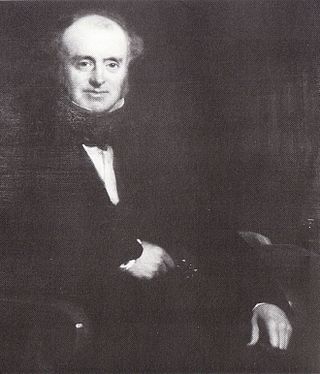
James Walker was an influential British civil engineer.

Chirk Aqueduct is a 70-foot (21 m) high and 710-foot (220 m) long navigable aqueduct that carries what is now the Llangollen Canal across the Ceiriog Valley near Chirk, on the England-Wales border, spanning the two countries.
Josias Jessop (1781–1826) was a noted canal engineer, and second son of William Jessop, one of the great canal engineers of the late eighteenth and early nineteenth centuries. He was trained by his father, and worked under him on his early projects, but proved his abilities during the construction of Bristol harbour. He became an independent consulting engineer from 1811. He died fourteen years later, a little before he reached the age of 45.
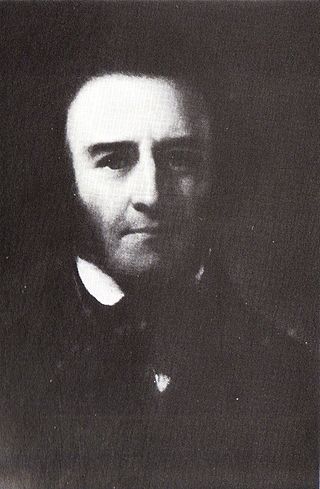
James Meadows Rendel FRS was a British civil engineer.

The City Canal was a short, and short-lived, canal excavated across the Isle of Dogs in east London, linking two reaches of the River Thames. Today, it has been almost completely reconstructed to form the South Dock of the West India Docks.
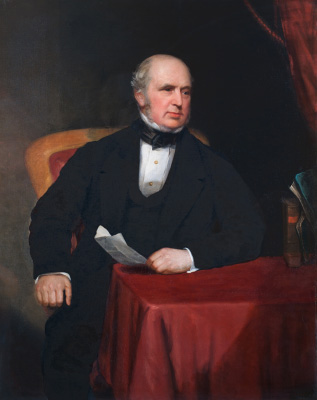
Joshua Field FRS was a British civil engineer and mechanical engineer.
Thomas Morris (c.1754–1832) was an English architect and engineer. In 1784 he supervised the building of a dock at Glasson, on the River Lune.

Henry Robinson Palmer (1795–1844) was a British civil engineer who designed the world's second monorail and the first elevated railway. He is also credited as the inventor of corrugated metal roofing, still one of the world's major building materials.
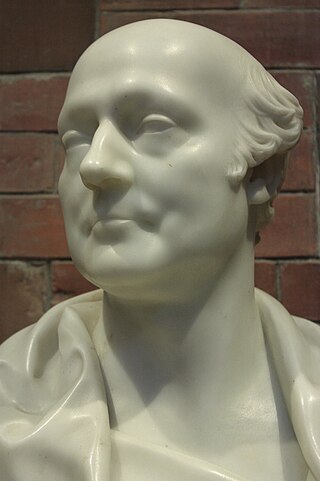
James Jardine was a Scottish civil engineer, mathematician and geologist. He was the first person to determine mean sea level. He built tunnels and bridges, including for the Innocent Railway, and built reservoirs including Glencorse, Threipmuir, Harlaw for Edinburgh Water Company, and Cobbinshaw for the Union Canal.

William Chapman (1749–1832) was an English engineer. Born in Whitby, he worked on the construction of the Old and Humber Docks in Hull, as well as many drainage and canal projects. He is credited with the invention of the bogie and articulation for rail vehicles.
John Gibb (1776–1850) was a Scottish civil engineer and contractor whose work included the construction of harbours, bridges, roads, lighthouses, and railways in the United Kingdom, primarily in Scotland. He was a close associate of Thomas Telford, who employed him on many of his civil engineering projects during the first half of the 19th century.
Ralph Walker was a Scottish civil engineer, particularly associated with harbour engineering works in London.
James Anderson was a Scottish civil engineer.
John Timperley (1796-1856), was a British Civil engineer, active in dock work in the north and east of England and elsewhere - also the first recipient of the Telford Medal.
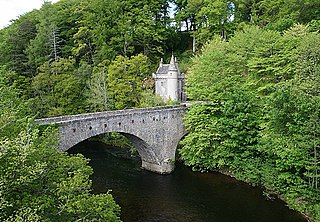
George Burn was an architect, civil engineer and contractor active in Scotland in the late 18th and early 19th centuries.
James Barnes was a canal and railway engineer in England and twice Mayor of Banbury.











